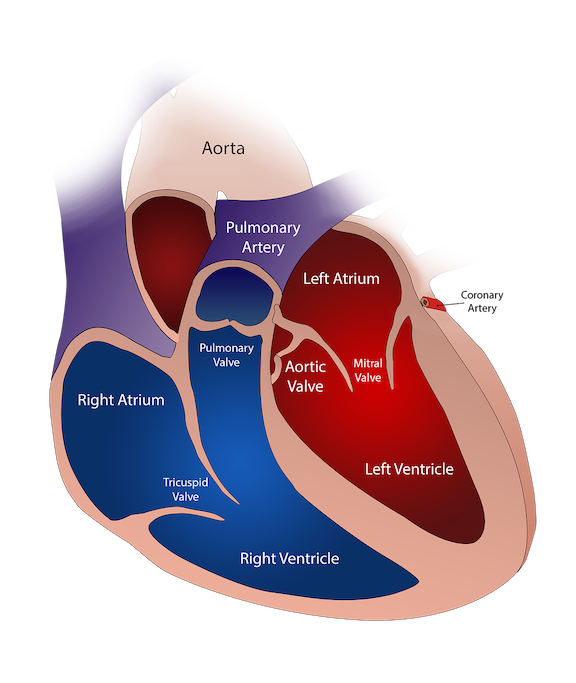Procedures That Can Help Prevent Heart Attack, Blood Clots and Stroke
When heart surgery isn’t an option, repairing the damaged valve may be the most effective treatment. The mitral valve is the second most replaced after the aortic valve. Treatment depends on which of four heart valves are affected, plus the type and severity of the disease. Sometimes a valve doesn't open or close all the way and changes how blood flows to the heart and the rest of the body. Surgery may be needed to repair or totally replace a heart valve.
Heart valve disease interferes with the normal flow of blood through the heart. As a major part of the cardiovascular system, there are four heart valves that act as gatekeepers to four chambers of the heart.

Valves may develop one or more common problems:
- Stenosis: The valve opening becomes narrow, limiting the amount of blood pumped to the brain and the rest of the body.
- Regurgitation: The valve doesn’t close completely, causing blood to flow or leak backward instead of forward. This reduces the heart’s ability to pump efficiently and raises the risk of high blood pressure, heart disease, stroke and heart attack.
*Heart illustration burlesonmatthew from Pixabay
Heart valve treatment and repair
Heart valve repair is a surgical or minimally invasive procedure that corrects a heart valve that’s not functioning properly. In some cases, the doctor may find that repairing a heart valve is the best way to treat your heart valve disease – instead of replacing the whole valve.
When mitral valve repair is not an option, replacing the damaged heart valve might be the most effective treatment for your condition. Texoma Medical Center in Grayson County, TX, offers these cardiovascular procedures for valve conditions:
Transcatheter aortic valve replacement (TAVR)
A heart valve replacement procedure that offers new hope for patients who have aortic valve stenosis and cannot have heart surgery.
Learn more about transcatheter aortic valve replacement →
WATCHMAN™ left atrial appendage closure (LAAC)
A catheter is guided through the upper thigh into the heart to help prevent possible stroke and blood clots.
Learn more about WATCHMAN™ left atrial appendage closure →
MitraClip procedure
A minimally invasive procedure surgically seals the flaps on a mitral valve to prevent the backflow of blood.
Learn more about the MitraClip procedure →
In cases when minimally invasive surgery is appropriate, both the length of the actual operation and the recovery period tend to be shorter than with a traditional, open surgery.
Causes of Heart Valve Disease
Valve diseases can develop before birth, be acquired during your lifetime (accumulative) or be the result of an infection. Acquired heart valve disease is the most common reason why patients need valve repair.
Sometimes the cause is unknown and involves changes in the structure of a heart valve like plaque or mineral deposits in surrounding tissues. Infective heart valve disease refers to changes in a heart valve caused by certain diseases like rheumatic fever.
Take a healthy heart assessment
This quick assessment can help you discover the health and wellness of your heart.
Start heart assessment →
Signs and symptoms of heart valve diseases
Heart valve disease can disturb the normal flow of blood through the heart. This can affect overall health and keep you from enjoying the activities you love. Here are some signs and symptoms of heart valve conditions:
- Shortness of breath or difficulty catching your breath
- Often feeling dizzy or too weak to perform everyday tasks
- Pressure or the feeling of a great weight lying on your chest
- Sudden weight gain (as much as a couple pounds per week)
- Heart palpitations or feeling like your heart is skipping beats
- Swelling in the ankles, feet or lower body
Find a doctor
For a free referral to a physician or cardiac specialist at Texoma Medical Center in Denison, TX, call 903-416-3627 or search online.
Individual results may vary. There are risks associated with any surgical procedure. Talk with your doctor about these risks to find out if minimally invasive surgery is right for you.
